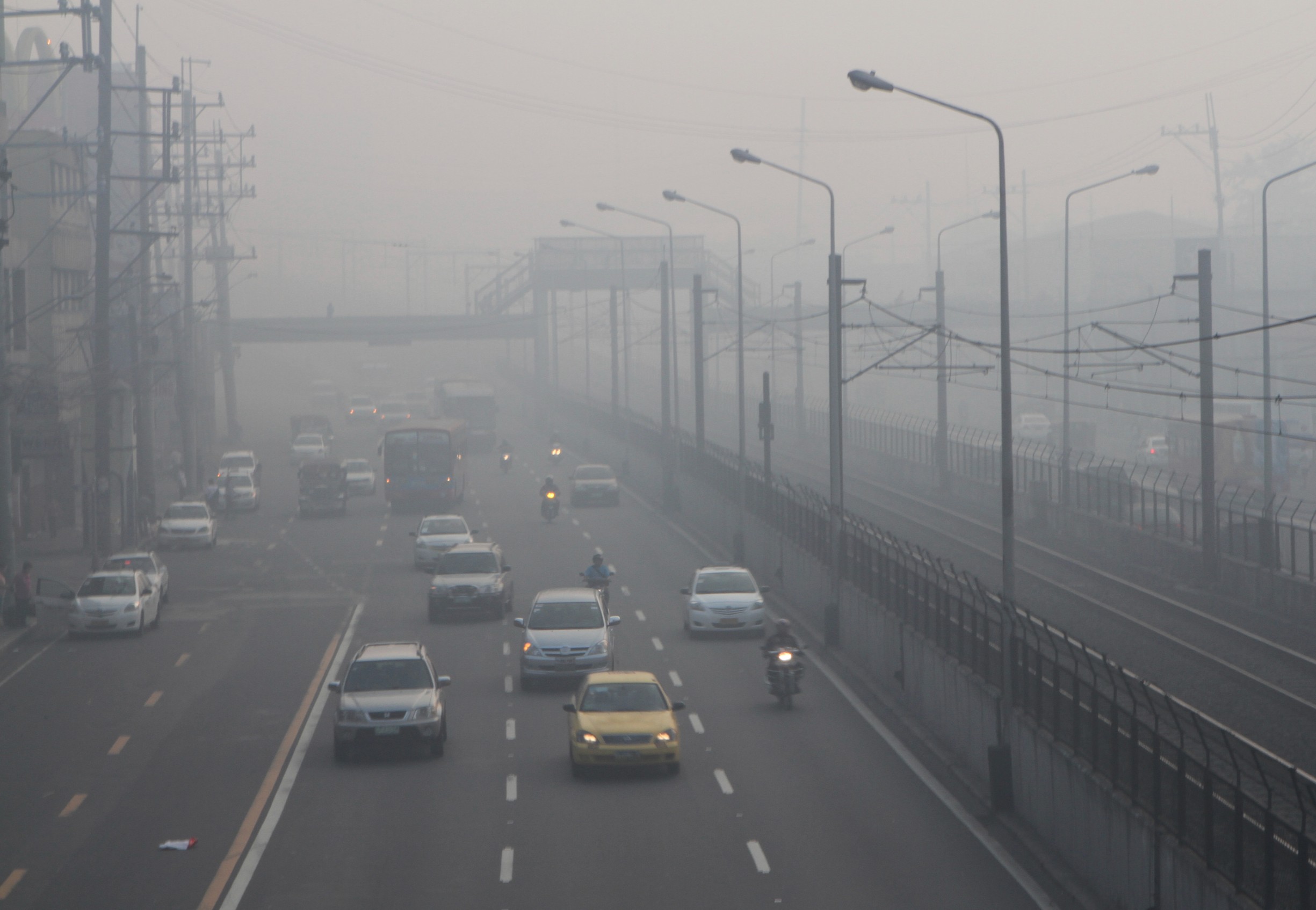

Dr. Teresito Bacolcol, Director of the Philippine Institute of Volcanology and Seismology (Phivolcs), explained the distinctions between the haze experienced in Metro Manila and the smog originating from Taal Volcano.
Haze
In a recent interview with DZRH, Dr. Bacolcol clarified that the haze over Metro Manila is influenced by various factors, including climate change, humidity, sunlight intensity, and a combination of different elements.
"Hindi lang climate change, marami pa itong factors gaya ng humidity, itensity ng sunlight, [ang haze ay] combination of different factors," Bacolcol explained.

He emphasized that thermal inversion, where colder air is trapped beneath warmer air, is not limited to Metro Manila but can also occur in nearby provinces, extending as far as the Tagaytay area.
While there is some sulfur content (emitted by vehicles), it is not as substantial as carbon monoxide in this context.
"Ang thermal invertion hindi lang sa metro manila nangyari pati sa karatig probinsya, umabot na rin sa Tagaytay area. May sulfur din [buga ng mga sasakyan] pero hindi ganun karami dahil karamihan nyan ay hindi carbon monoxide," he added.
Volcanic Smog (Vog)
Regarding volcanic smog or vog, Dr. Bacolcol explained that it typically occurs as cooler months approach, notably in December.
"According to PAGASA nangyayari ito (vog) kapag papalapit ang cooler months, kapag Disyembre, so, malamig. Kapag 'yong mainit na volcanic materials, [which is] marami sa Taal Volcano, contact with water, nagkakaroon ng steaming. 'Yon yung mga usok na nakikita natin sa Taal Volcano," he clarified.

Vog is the result of hot volcanic materials interacting with water, leading to the release of steam. This steaming, along with the emission of volcanic materials and sulfur dioxide, contributes to the characteristic smog seen during Taal Volcano's activity.
The steam, resembling rising smoke, is accompanied by volcanic ash emissions.
"Kasabay ng puting usok ay paglabas din ng maraming sulfuric dioxide. 'Yung singaw [emmission] may kasamang volcanic ash," Bacolcol added.
Dr. Bacolcol highlighted that sulfur dioxide, a component of vog, is acidic and can irritate the eyes and respiratory tract, causing breathing difficulties.
Updates on other volcanic activities
In other volcanic updates, Dr. Bacolcol mentioned that Mayon Volcano had recorded five earthquakes, indicating a decrease in activity compared to July when 338 earthquakes were recorded. However, vigilance is still required due to ongoing lava emissions.
Kanlaon Volcano is under Alert Level 1, with one recorded volcanic earthquake, while Mt. Bulusan is also on Alert Level 0 and has experienced nine volcanic earthquakes in 2023.




